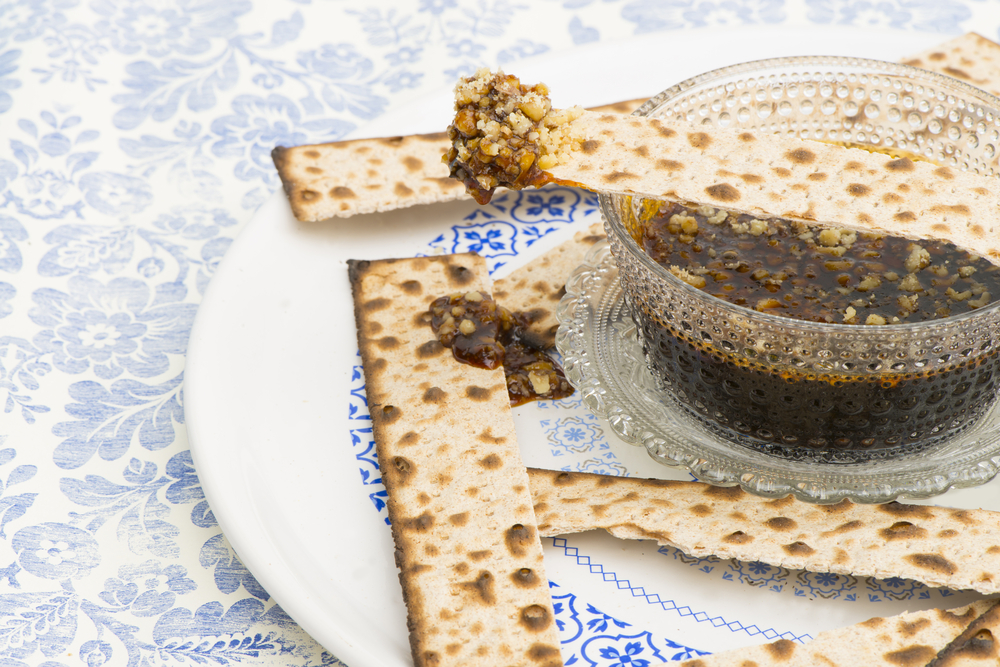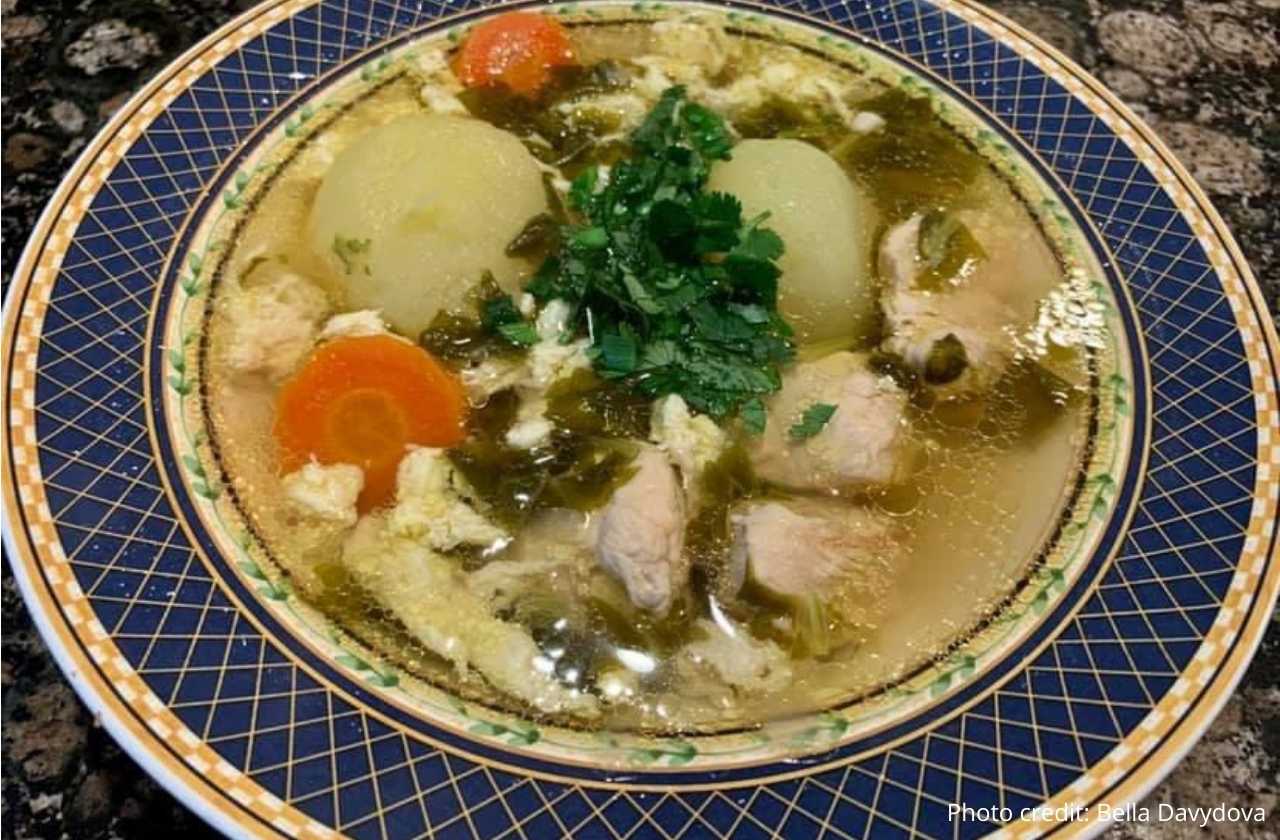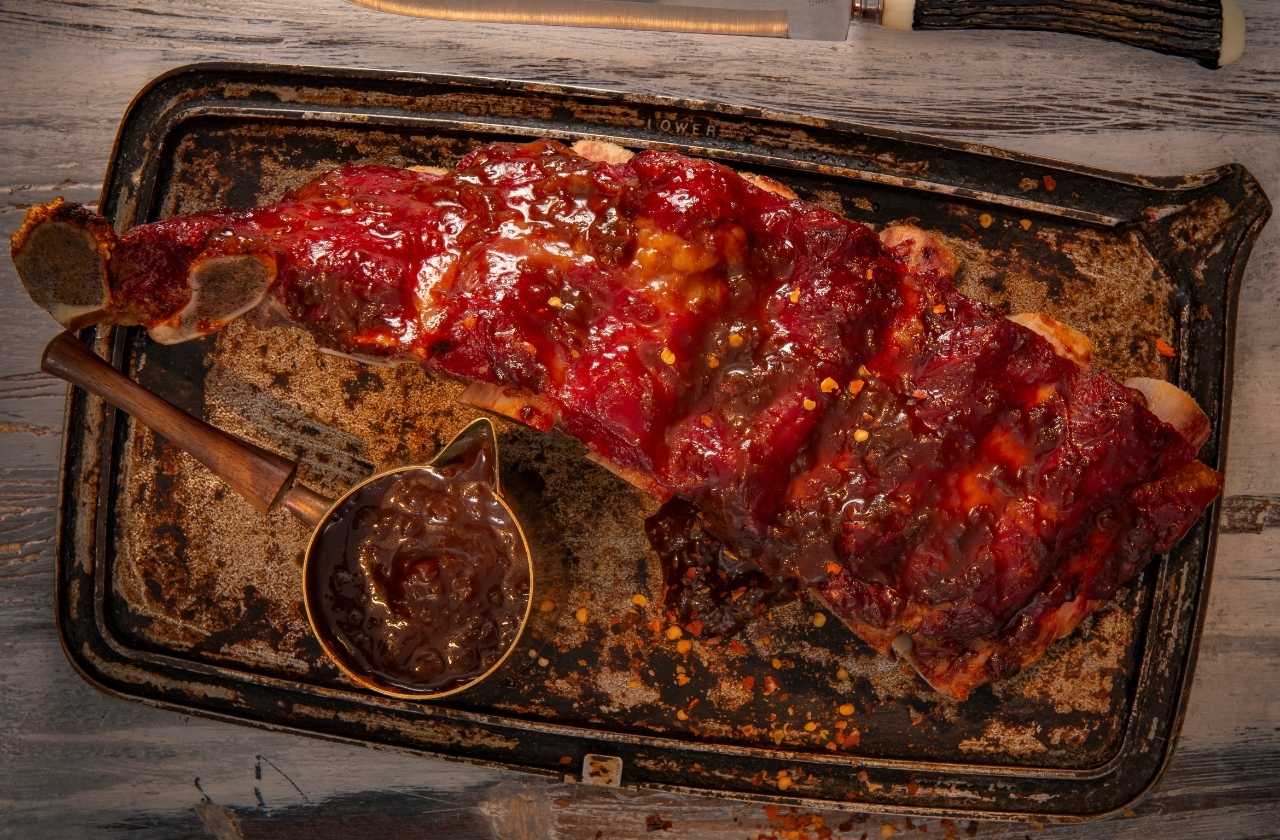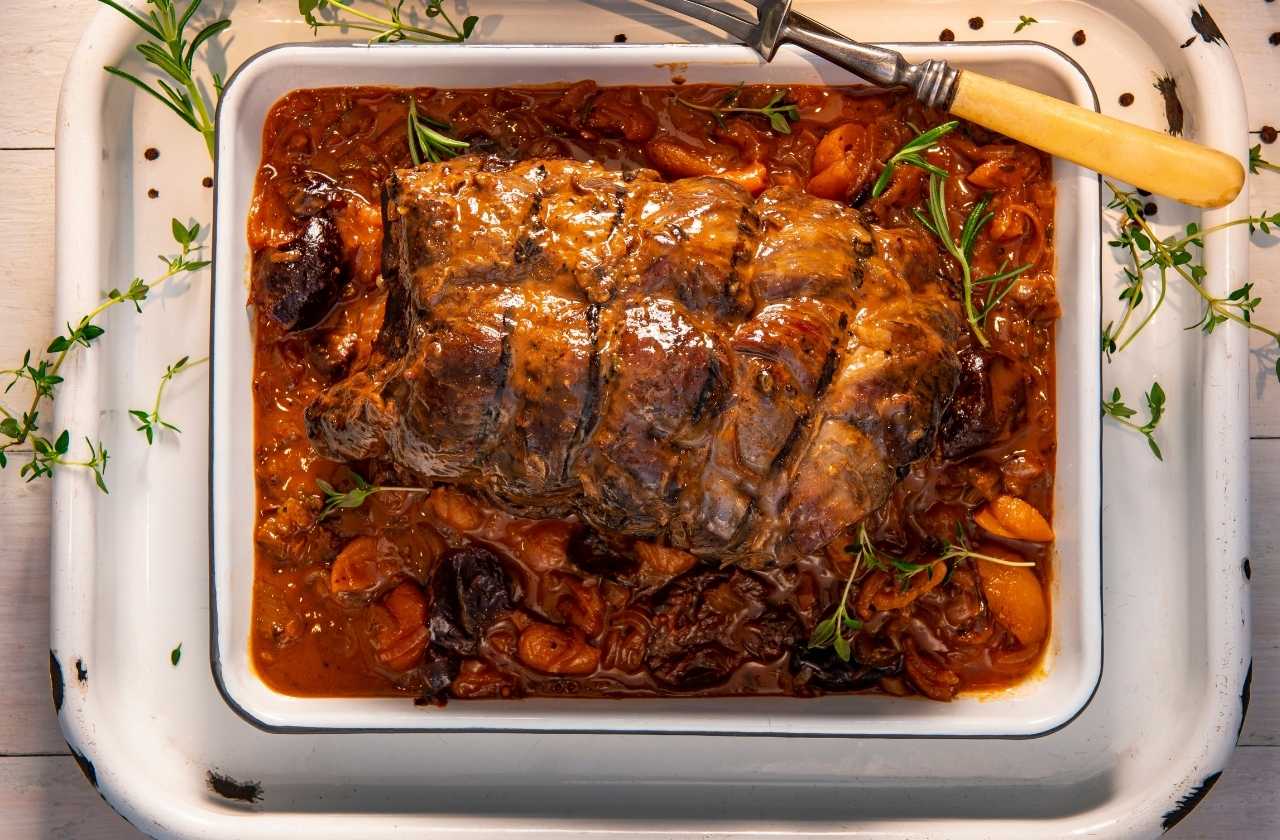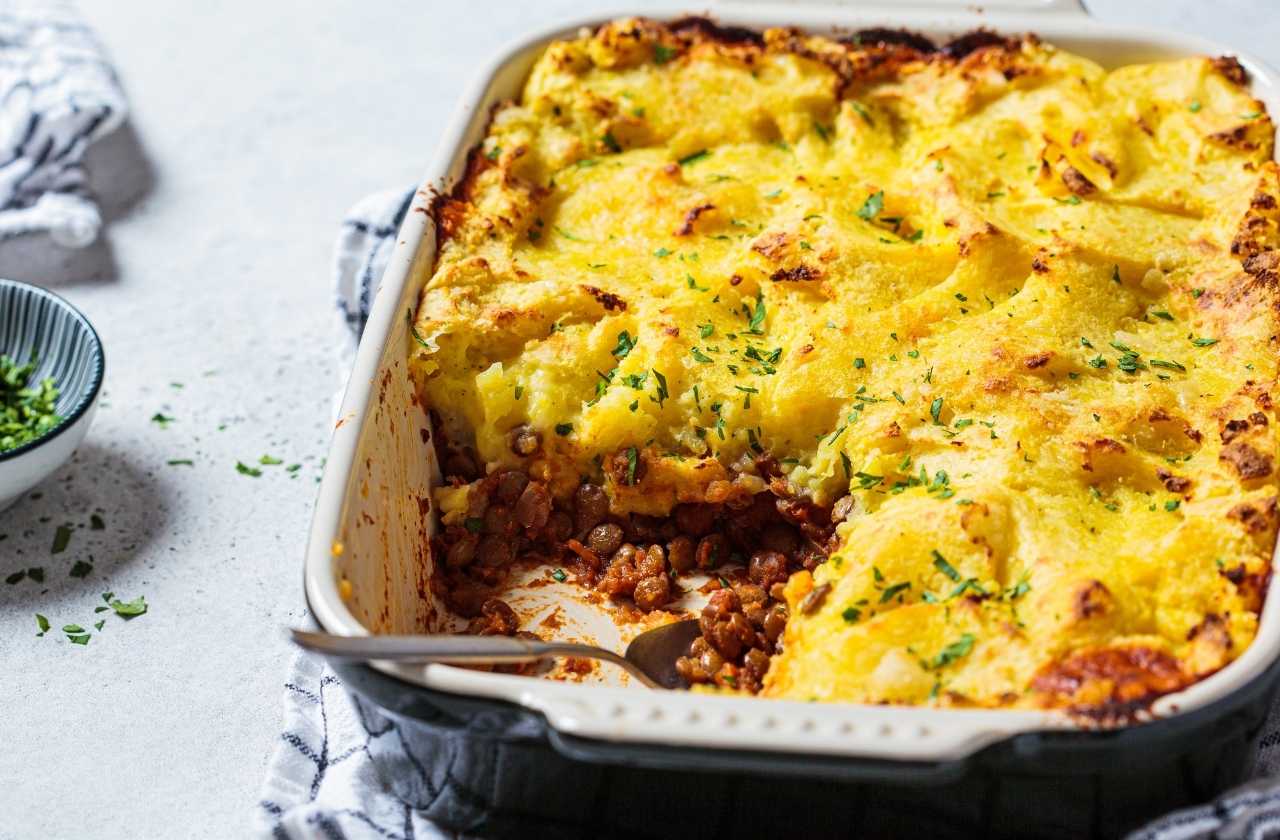Why is This Night Different From All Other Nights?
As varied as the people who gather at the seder table are, so are the traditions, and foods.
by Shoshana Isaacson
UNORTHOBOXED Magazine Food Editor
Recipes in bold text are given following the article.
Passover is the most observed Jewish holiday in the world, with more than 70% of Jewish people observing it in one way or another. Regardless of location, ancestry or level of observance, there is something about this holiday that brings even the most unaffiliated Jew to a seder table. No matter what corner of the world you may find yourself in (perhaps, someday, anywhere in the universe) you will be able to find a seder to attend. This is in many ways thanks to Rabbis and their families who have made serving and finding Jewish people in far-off places their life’s work. From the famous Chabad seders in Thailand to the many Rabbis serving as military chaplains throughout the world, Judaism is accessible almost everywhere.
As varied as the people who gather at the seder table are, so are the traditions, and foods. It seems as if each country in which we live has the universally shared traditions of Passover and some that are uniquely their own. In Ethiopia before the mass exodus to Israel, Passover was observed with ancient traditions that are unfortunately now being lost as young people of Ethiopian descent integrate into modern Israeli society. Since the Jews of Ethiopia diverged from mainstream Judaism before the Talmud there were no Haggadot. A matza of sorts (kit’ta) was baked on the sides of brick ovens; women traditionally would break their earthenware pots and dishes and replace with new ones to symbolize the beginning of newfound freedom; a sheep would be slaughtered and its blood scattered over the entrance to the synagogue (bet maqdas – Holy house) or the ṣalot bet – Prayer house) and doors of homes. The traditional celebration of Passover in Ethiopia is believed to most closely resemble the practices of our ancestors as they left Egypt.
In Argentina, on the opposite side of the globe, Passover is a blend of Sephardic and Eastern European Ashkenazi traditions. There are strong South American influences on the foods eaten during the holiday, incorporating local seasonings and flavors. In Argentina, unlike in the Northern Hemisphere, Passover coincides with autumn rather than spring and the foods reflect the integration of those harvested in the fall. An Argentinian seder table might feature foods such as a golden chicken soup laced with matzah balls that have chopped spinach mixed into them, or delectable parve alfajores cookies.
Jews of Bukharian (central Asia) descent have the custom to dress in
traditional clothing (Jomah) and to make Bukharian charoset (Chaliko) and to serve a sweet and savory soup called Oshi Masozgoshak that is in itself a full meal. Bukharian seders also have a few unique practices such as washing the wine glasses in between each of the four cups of wine, so as not to mix wine from one cup with that of the next. The seder plate has a lamb’s foot in place of the shankbone and throughout the seder there are enactments of the Passover story.
In South Africa, Passover also falls in autumn, as in South America, and the foods served at the seder are again filled with the fruits of the fall harvest. The Jewish community in South Africa has its roots in the major immigrations from Eastern Europe in the 19th century, so many of the foods served are similar to those in other communities with a heavily Ashkenazic heritage. The difference is that in South Africa the foods have taken on influences from the local seasonings and flavors. From gefilte fish that is formed into small little balls and colored a pale yellow with saffron to beef dishes like Jislaaik (South African term meaning Wow!) Ribilicious Ribs or Roll Up Roll Up Drum Roll Beef.
In homes of Jewish vegans throughout the world there are also some interesting takes on a traditional seder. The seder plate may be altered by using a roasted beet in place of the roasted shankbone and an avocado can be substituted for the egg. The seder meal could easily be made up of an assortment of vegan spreads; carrot hummus and vegan mock liver accompanied by a vegan Shepherds Pie.
Passover is an eight-day (seven in Israel) holiday that connects all Jews throughout the world regardless of how we choose to celebrate it. The customs are a blend of traditions going back centuries, and more modern practices. The foods are equally as varied and surrounded by family customs, as well as the flavors of the communities we choose to live in. Wherever you are and however you celebrate this holiday, remember that one unifying factor makes this night different from all others; and that is that in any place where there are Jewish people and we are free to celebrate Passover, there will be a seder. Let it be our hope that our fellow Jews who are in places where they are not free to celebrate this year will be soon, and that we should all celebrate together next year in Jerusalem!
Ingredients
⅓ cup whole wheat flour
⅓ cup teff flour
⅛ teaspoon salt
2 teaspoons kosher for Passover oil
1 additional tablespoon oil for frying
3 ounces cold water
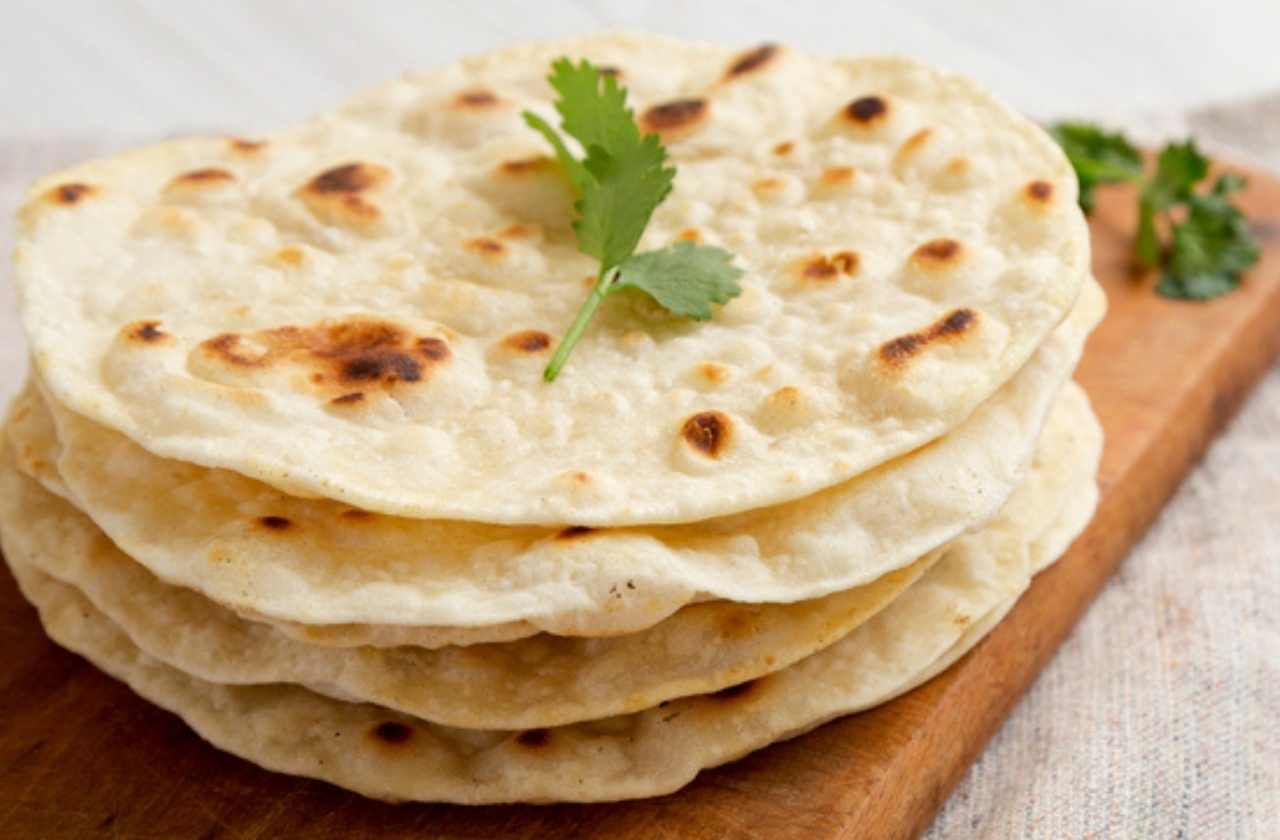
Step by Step Instructions
Step 1
Warm an 8”-9” skillet over medium-low heat.
Step 2
Combine flours and salt in a bowl, then mix in oil and water.
Step 3
Gather the dough into a ball, briefly pound, and then press down into a 4” disk.
Step 4
Grease skillet with 1 tablespoon of oil. Add dough and press down with your palm until it approximately fills the pan.
Step 5
Raise heat to medium-high and, while pressing down on the dough with a spatula or fork to flatten, bake until the bottom is flecked with brown spots, about 5-7 minutes. Flip and bake on the other side for about 3-5 minutes. Remove from heat and serve as soon as possible.
Step 6
Kit’ta does not keep well and should be eaten as close to the time of cooking as possible.
Argentinian Alfajores Cookies
parve, serves 8
Ingredients
Dairy-free Meyer lemon curd:
Zest of 2 Meyer lemons
Juice of 2 Meyer lemons, about 1 cup
½ cup sugar
¾ cup of coconut oil
4 large eggs
4 large egg yolks
Gluten-free cookies:
4 egg yolks
¼ cup sugar
⅔ cup vegan butter
2½ cups potato starch
4 teaspoons baking powder
1 can vegan dulce de leche OR 1 cup Meyer lemon curd
¼ cup grated coconut
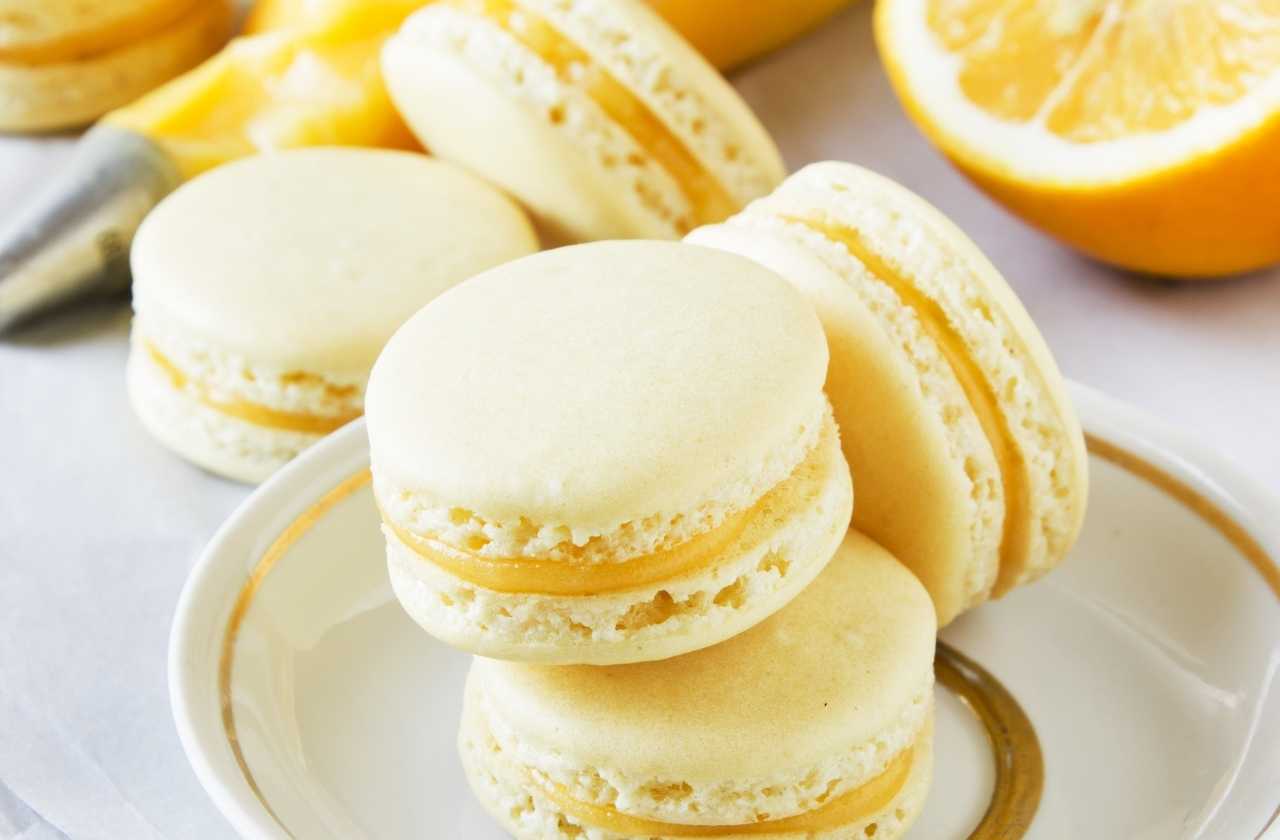
Step by Step Instructions
Dairy-free Meyer lemon curd:
Step 1
In a medium saucepan, warm lemon juice, sugar, and coconut oil, stirring occasionally to prevent burning, until the oil is completely melted.
Step 2
In a medium-sized bowl, stir together the eggs and yolks.
Step 3
When the lemon juice mixture is warm and the coconut oil is melted, gradually pour it slowly into the eggs, whisking constantly.
Step 4
When the lemon-egg mixture is fully combined, transfer it back into the saucepan and cook, stirring constantly, for about 2 minutes, until the mixture thickens and coats the spatula. Remove the resulting lemon curd from heat.
Step 5
Transfer lemon zest into a large bowl. Set a strainer over the bowl. Working quickly and whisking constantly with a spatula, strain the curd into the zest.
Step 6
Stir the curd a few times to allow it to begin cooling, and let it rest for about 10 minutes. Transfer to the refrigerator until ready to fill alfajores.
Gluten-free Passover alfajores:
Step 1
In a large bowl, beat sugar and eggs with an electric mixer for around 4 minutes. Add vegan butter and whip just until combined, about 1 minute.
Step 2
In a separate bowl, sift baking powder and starch together twice. Add mixture to the egg, butter and sugar mixture.
Step 3
Fold the mixture with a spatula until combined, then knead the dough with your hands a few times to ensure full incorporation.
Step 3
Fold the mixture with a spatula until combined, then knead the dough with your hands a few times to ensure full incorporation.
Step 4
Cover bowl and place dough in the fridge for at least 2 hours – or preferably overnight.
Step 5
When ready to bake, preheat the oven to 350F.
Step 6
Remove dough from the refrigerator. Dust your work surface and rolling pin with starch, and place dough on the surface. Roll dough out into a thin layer, around ¼ of an inch.
Step 7
Using a circular cookie cutter, cut out as many circles as possible.
Step 8
Cover a baking sheet with parchment paper. Using a very thin offset spatula, transfer dough circles to sheet, leaving a bit of room for them to expand.
Step 9
Bake for 7-8 minutes. When cookies are done baking and are firm and slightly golden at the bottom, remove from the oven and leave on the sheet to cool for about 10 minutes.
Step 10
Once the cookies have cooled completely, using a teaspoon or a piping bag, place a teaspoon of Meyer lemon curd on the bottom of one cookie and cover with another, creating a sandwich.
Step 11
Roll the sides of each cookie in grated coconut, adhering it to the filling.
Step 12
Cookies will keep in a tightly sealed container for a few days.

